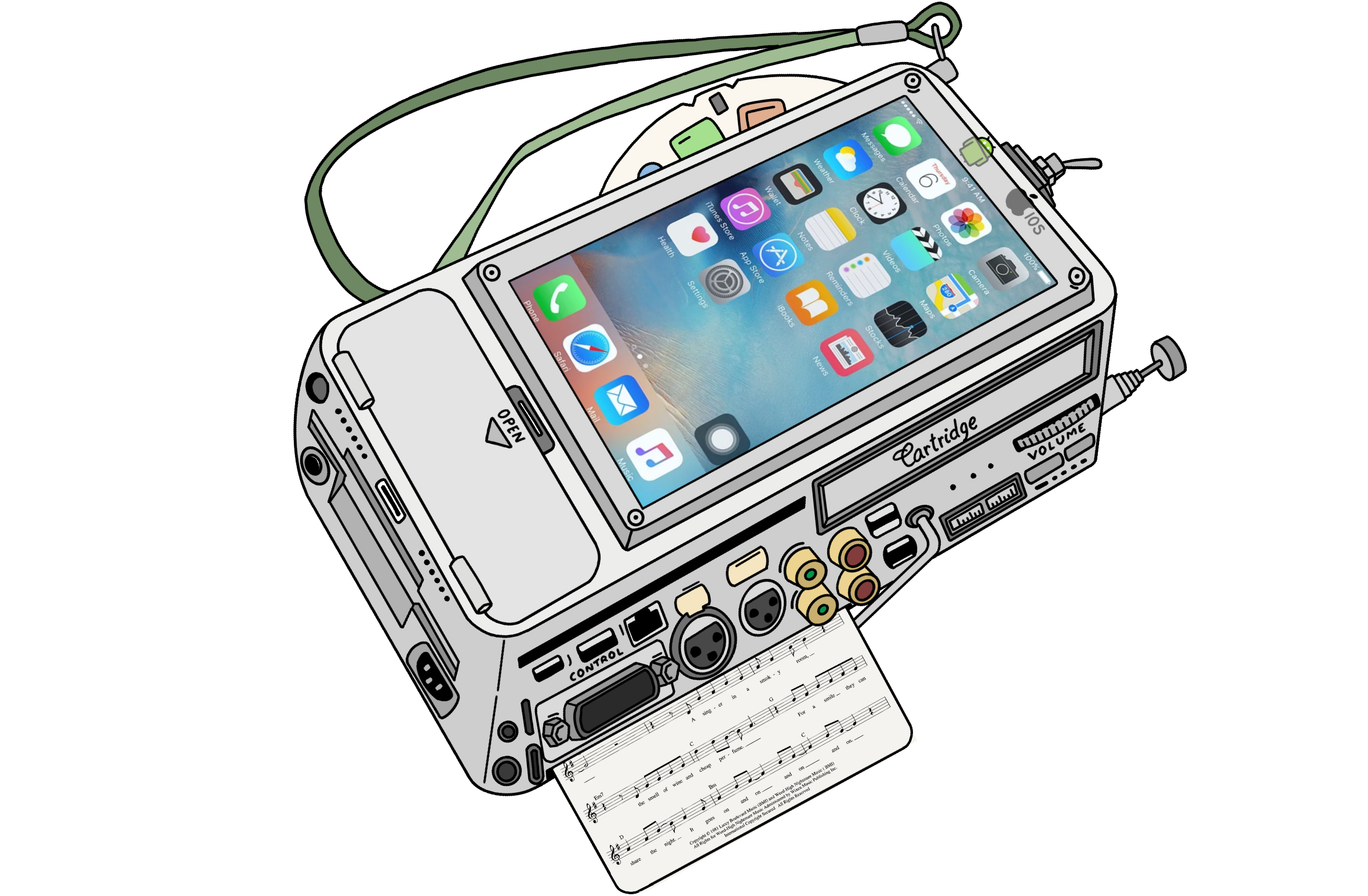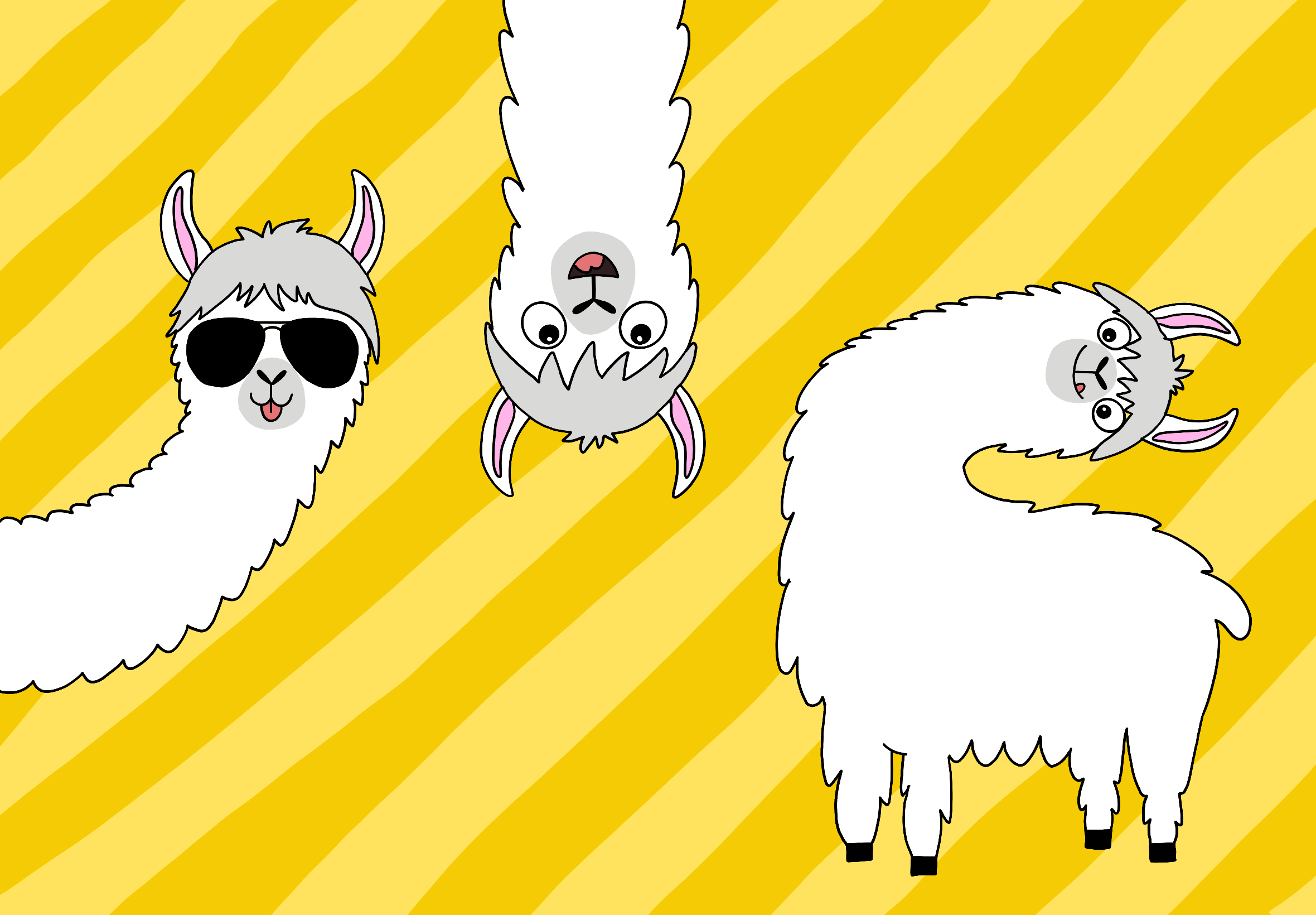
Anatomy of a System Design Interview
Complex is Simple. What’s better than going over a real system design interview question (Interviewed in June 2022). 1. Requirements Review the end-to-end design below. You need to design Your ...

Complex is Simple. What’s better than going over a real system design interview question (Interviewed in June 2022). 1. Requirements Review the end-to-end design below. You need to design Your ...

Wish me Luck :) Update: I got the gig 😋 A proposal I submitted for Google Summer of Code, Summer 2022 to Our World in Data (OWID) to implement a population-scaled, shape preserved world cartogr...

Expect the Unexpected 1. Introduction The overview of the post is on building a system to detect potential anomalies and take immediate action(s). Hence primarily has two phases: Detect and Cont...

Quad-KD vs R-KD trees 1. Abstract A hybrid spatial index is a data structure that combines two or more data structures suitable for effectively storing spatial objects to improve search performa...

Nothing beats Popeye with double shades. In recent years, the convenience of digital art has probably overpowered the traditional forms, which I can’t arguably say is good or bad. After all, it’...

Luffy vs Popeye. Wreck it Ralph vs Popeye. Ben Grimm vs Popeye. Saitama vs Popeye. Goku vs Popeye. Hulk vs Popeye. Superman vs Popeye. Asterix vs Popeye. Bluto vs Popeye. Work In ...

One spatial point to an other — Popeye the Sailor. In a prior post, the experiment on hybrid spatial-index to find spatial data points is worth exploring, but the in-memory implementations and th...

Eat Spinach and Build your Convex Hull — Popeye the Sailor. Floating Point Precision in Geometric Algorithms Most geometric algorithms are designed for exact real arithmetic; replacing them with...

Let's get the website up! — Drama llama. Configuration Domain (example.com). Subdomain (www.example.com). HTTPS (Optional but strongly recommended). At the end of the tutorial, you’...